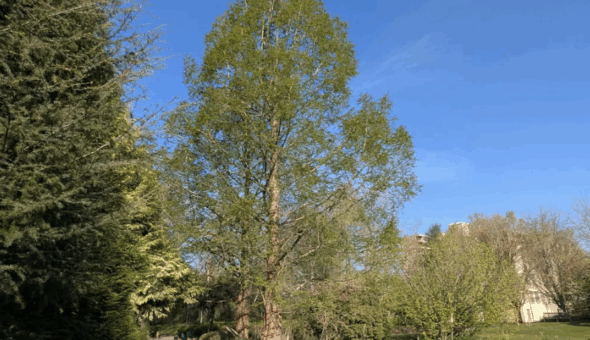Our Centre for Death and Society, which specialises in end of life research, has developed a brand new walking tour for the city of Bath with a big difference - its less about the rotten Romans or fancy Georgians, and more about the dark underbelly of the city, with stories of illness, death, crime and more to whet your appetite for the macabre.
This 90 minute walk around the city centre can be self-led using the walk app which provides a podcast with information about each stop.
This week I caught up with Dr Kate Woodthorpe, director of CDAS, about her experience of developing this app for the city.
Hi Kate, developing a city walking tour isn't in the normal daily output of a research group - what were you aiming to achieve from this project?
Kate: "Our CDAS Visiting Professor, Ruth Penfold-Mounce, has been very successful in creating a death walk and a crime walk for the city of York, where she is based. We wanted to see if we could do similarly in Bath, so with her guidance we created a free podcast walk using funds from the Public Engagement Unit, the Alumni Fund, the Department of Social and Policy Sciences and CDAS. Our aim was to create an engaging and accessible walk that residents, students, and visitors to the city could do in their own time, and that would take listeners around the city centre while sharing with them some of the lesser-known histories of this fabulous city in which we are so fortunate to be based.
Were there specific audiences you wanted to reach through this work and how to did find them?
The podcast walk is aimed at the local community, new and prospective students, parents, returning alumni, visiting scholars and the local community more widely. We know from what has happened in York that it is a really good way to introduce the city to new people in the University, and for us to engage with the city in which many of our University community live. As a Bath resident myself I know how important town and gown relationships are, and we were keen for CDAS to provide something with longevity (and hopefully of interest) to the local community. We launched the walk as part of the Curious Minds Festival, where the walk author, CDAS Visiting Fellow Dr Molly Conisbee, did a special in-person walk and a well-attended 'In Conversation' event.
What were the biggest challenges and how did you overcome them?
If you asked Molly this, I think she'd say it was narrowing the locations and stories down to a do-able podcast walk! I think another issue was managing the city centre, as - as you know if you live in Bath - there are quite a lot of cobbled streets and so on. We wanted to ensure the walk was accessible to people from all walks of life and physical abilities, so we planned out a route that was relatively easy to follow and captured the spirit of the city, which is far more than the Georgian pomp than it is often reduced to.
Are there any opportunities for people to join a guided walk or similar coming up?
The walk is now free and available to access by going to cdaswalk.org. Please do share this link with anyone you think would enjoy it. Subject to Molly's availability we will likely periodically do an in-person walk, but please do let us know if you or your organisation would like a special guided walk as part of an event, such as a conference, team building and so on, and we will see what we can do.
For more information about the work and research of the University's Centre for Death and Society, which is now in its 20th year, see the centre's webpages on the University site.
Respond



